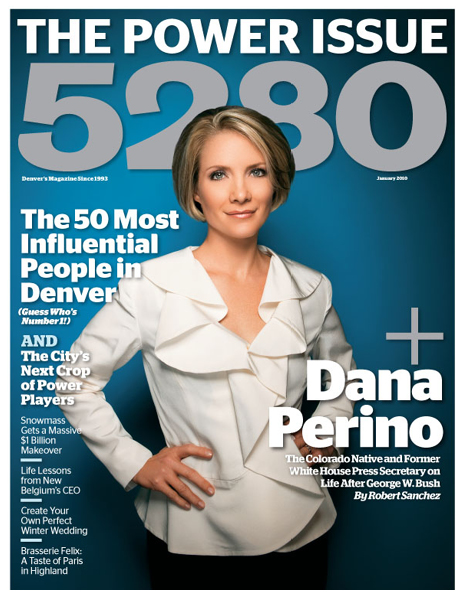The Local newsletter is your free, daily guide to life in Colorado. For locals, by locals.
Dressed in a camouflage hat and fishing vest, Buzz Morrison, a 70-year-old retired engineer, grabs an 18-inch stick from the back of his green Dodge pickup and whacks the low-hanging branches of a cottonwood tree. Yellow and green leaves drift down to a square nylon sheet, and as Morrison leans in to scan the sheet for movement, he finds eight eyes staring back at him. “Aha! There’s one,” he says, scooping a crab spider into a plastic vial and capturing the latest addition to the Colorado Spider Survey’s collection of arachnids.
For eight years, Morrison has volunteered as part of a corps of citizens that helps bridge a growing gap between scientists and the public—a problem, particularly in the United States. American 15-year-olds rank a disappointing 29th in the world in science scores, behind countries such as Poland and Hungary. And a California Academy of Sciences survey found that 47 percent of adults couldn’t say how long it takes for the Earth to revolve around the sun.
But citizen science projects can improve our lackluster science literacy while also building knowledge. In fields like ecology, the best way to get crucial data—like the distribution of plant and animal populations across an entire state—is from widespread volunteers. Citizen scientists with Boulder-based Project BudBurst gather observations about plant life cycles (when flowers appear, seeds ripen, and leaves drop) to study climate change. In Fort Collins, the Community Collaborative Rain, Hail, and Snow Network organizes backyard weather monitoring to help warn people about storms. Volunteers collect precipitation data with rain gauges and monitor hail—a tricky thing for meteorologists to observe because of rapid melting—with homemade mats of aluminum foil-coated foam that collect dents to record a storm’s strength.
In addition to raising the grade for adult science literacy, citizen science pushes the field forward. “The history of citizen science is the same as the history of science,” notes Aaron Hirsh, an evolutionary biologist at the University of Colorado and advocate for citizen science. Some of history’s most influential scientists, like Charles Darwin and Gregor Mendel, were passionate citizens working outside the walls of universities. “There are still important unanswered questions you can go after with a ruler and a piece of string,” says Hirsh. Or, like Buzz Morrison, with a stick and a sheet of nylon.
Collect
Put down the rolled-up magazine and learn how to collect arachnids through the Colorado Spider Survey at the Denver Museum of Nature and Science. You might even discover a new species—the program has unearthed at least five unique eight-legged creatures. 303-370-6442, www.dmns.org
Observe
Start the countdown to spring early by heading outside, picking your favorite tree, and watching for the first hint of leaves opening as a citizen volunteer for Project BudBurst. The program compiles your observations to study—even predict— climate change. www.budburst.org
Classify
When it’s snowing so hard you can’t see winter constellations like Orion and Taurus, hop online and work as an indoor astronomer to classify the nearly 250,000 galaxies at Galaxy Zoo. Categorizing is as easy as sorting the ovals and swirls (in astronomer speak: elliptical and spiral galaxies). www.galaxyzoo.org
Collaborate
Join the national Community Collaborative Rain, Hail, and Snow Network and be one of the nearly 15,000 volunteers who measure precipitation in their backyards with hail mats and rain gauges. 303-828-7284, www.cocorahs.org









